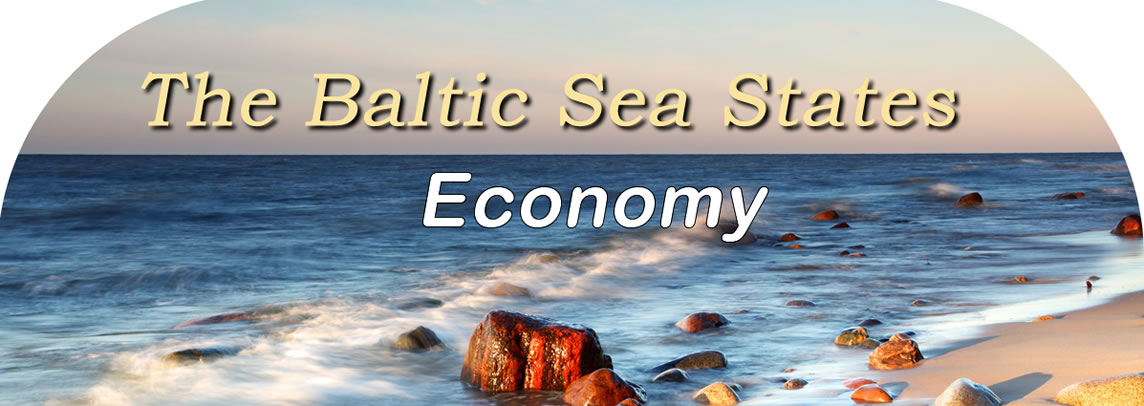
The Latvian Economy
The northern European country
of Latvia is a former satellite of the Soviet Union that in modern
times has emerged as having one of the fastest growing economies in
the European Union. Latvia has been a member of the European Union
since 2004 and the World Trade Organization since 1999.
Immediately following World War II, Latvia became economically,
politically and militarily under the control of the Soviet Union.
Its economy became largely integrated into the Russian economy and
focused on serving the needs of the Soviet Union. Following the
collapse of the Soviet empire in 1990, Latvia quickly began
reorienting its economy towards serving as a major economic conduit
between Eastern and Western markets. Timber and agricultural
products are Latvia's major exports, and as the economy began
serving local rather than Soviet markets the economy boomed. In the
years of 2006 and 2007 the economy was growing at a rate of more
than 10% yearly. By comparison, the growth rate of the United States
is presently averaging about 1.5%.
It has not been a completely smooth rise. A major economic crisis
occurred in 2007 and 2008 which caused a reversal in economic
growth. However, major economic reforms that introduced free market
principles to replace the remnants of the Soviet socialist system
has resulted in a resumption of rapid growth. Latvia was helped to
make this transition with aid from the International Monetary Fund
and the European Union. As a condition of receiving that aid, Latvia
was required to reform its economy along free market principles.
Most of the state owned or controlled industries were privatized and
the size of the public sector was reduced. By 2011, growth had
resumed to over 5% and Latvia once again had one of Europe's fastest
growing economies.
In many ways Latvia is one of the great post-Cold War success
stories. Inflation, which was exploding at over 900% per year in
1992, is now around two percent. Latvia's remarkable growth is often
pointed to as an example of how seemingly feeble economies can be
brought back to life by introducing free market reforms. By
controlling debt, reducing state controls and creating a more
pro-business climate, steady economic growth has resumed. Latvia
emerged from decades of stagnation after World War II under the
Soviets, enjoying explosive growth after becoming independent that
was interrupted only by a sharp contraction during the world
economic crisis of 2007-8.
There is still more to be done. Some major industries, especially in
the energy sector, are still not privatized. However, by making most
of the necessary reforms, Latvia now has an economic infrastructure
that encourages growth. Many of Latvia's European Union neighbors
are still dragging their feet on making similar economic reforms
that are necessary to their economic recovery. In the meantime,
Latvia remains a shining examples of how those reforms can indeed
revive an ailing economy.

© Baltic21.org
2013, All Rights Reserved |

